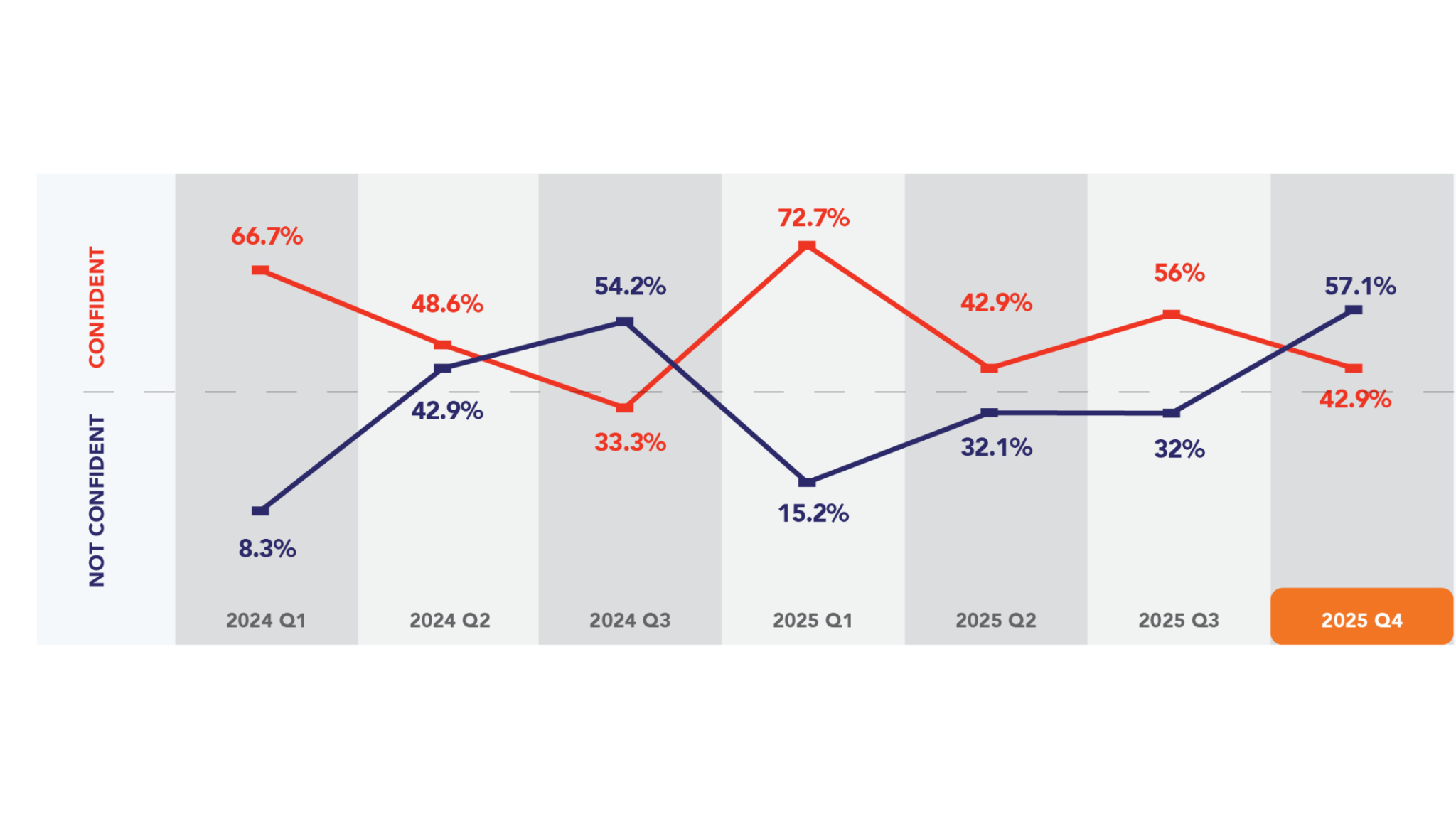It starts with streamlined operations and strategic lending for franchisees.
There are several avenues a franchisor can take to increase a franchisee’s access to lending and capital.
In the midst of the economic upheaval Americans have experienced in 2020, many find themselves turning to franchising as a way to own their own business, build sustainable income, and follow a path to tried and true success. With the restaurant industry comprising such a large portion of the total franchise segment worldwide, we’ll be sure to see a growth in restaurant franchising within the coming months. This is of course reflected in the fact that brands across the restaurant industry are already bouncing back thanks to continued innovation, especially in the quick-service and fast-casual segments, which are perfectly equipped to meet changing consumer needs and on-the-go service.
Restaurant franchisors are preparing for that inevitable growth in 2021 while fostering the existing franchise partnerships they’ve harnessed thus far in their network. However, franchisees’ access to capital and credit for new ventures will impose an additional obstacle to that desired growth. With that in mind, I’ll dive into solutions for franchisors to stimulate growth through streamlined operations and induced strategic lending for their franchisees.
Changing Landscapes
In this COVID-19 environment, it has become more competitive for an entrepreneur to gain access to a loan as lenders are more risk averse as many address their wounded loan portfolios. Additionally, that entrepreneur has to take several adaptations and innovations into consideration. Particularly in the restaurant industry, how we dine will evolve from here on out. Digital, on-the-go, and drive-thru access will remain important to consumers. Integrating omnichannel access into a restaurant prototype may add additional costs that a franchisee did not need to consider in the past. For example, a demand in drive-thrus will create a more competitive landscape for desired lots or even create higher buildout costs. While being beneficial in the end, it may require more capital up front to adjust to these developments—capital which is competitive to obtain. Restaurant brands need to analyze the factors of their own business that have changed, the implications of that change on franchisees, and how the franchisor can step up to make that transition smoother for candidates.
Access To Lending
There are several avenues a franchisor can take to increase a franchisee’s access to lending and capital. Initiatives like providing working capital to franchisees in a tight spot or providing credit enhancements to lenders when needed can make all the difference in sustained growth and maintained operations. Third-party tech platforms often consolidate financing solutions and offer access to a whole new world of finance not previously explored. Speaking from experience, my company, BoeFly, a marketplace for franchise growth solutions, connects borrowers to a wide array of banks and specialty finance companies, providing a robust set of tools and resources franchisees need to succeed. By exploring outsourced avenues, business owners are bridged to a set of lenders across the network that they would not typically have access to, including smaller banks or lenders in an entirely different region of the country.
Streamlining The Process
Capital is not only harder to obtain for many franchisees, but it also can impose an arduous process on both the franchisee and franchisor. As a result, according to the Harvard Business Review, many brands not only turn to outsourcing solutions of administrative tasks in order streamline operations but also can reduce company spending by up to 30%. Brands invested in growth solutions realize this and are making the most of what they have by doing more with less in order to save time, money, and resources for maximized expansion. For example, prior to the pandemic, BoeFly created the bVerify tool that streamlines the vetting process for candidates into an easily digestible report for the brand’s sales team. With access to the verified information, the sales team can skip what’s long been an administrative burden that’s fallen on them. Additionally, in a survey conducted by the Economist, workers who consider their employers to be technology ‘pioneers’ score themselves 16 percent higher for productivity than those who say their employer is bad at using mobile technology. A seamless data-driven process not only boosts productivity and reduces spending but also allows brands to make smarter decisions, accelerate the timeline from signing to opening, organize growth, and optimize operations through existing information which ultimately attracts a potential franchisee to the onboarding process.



